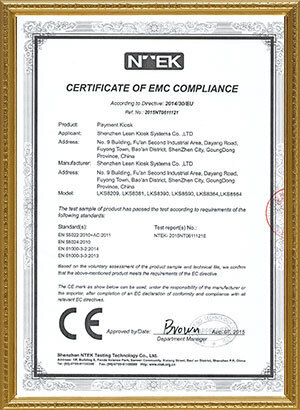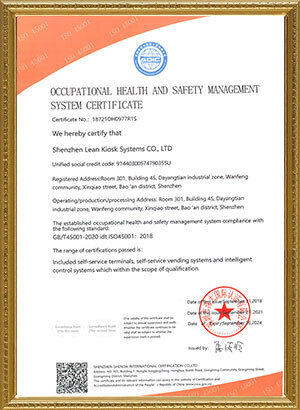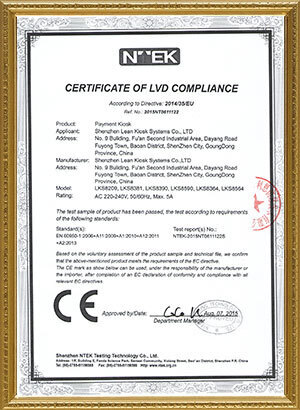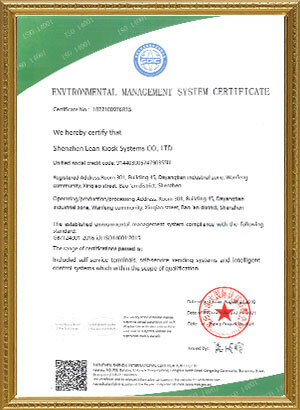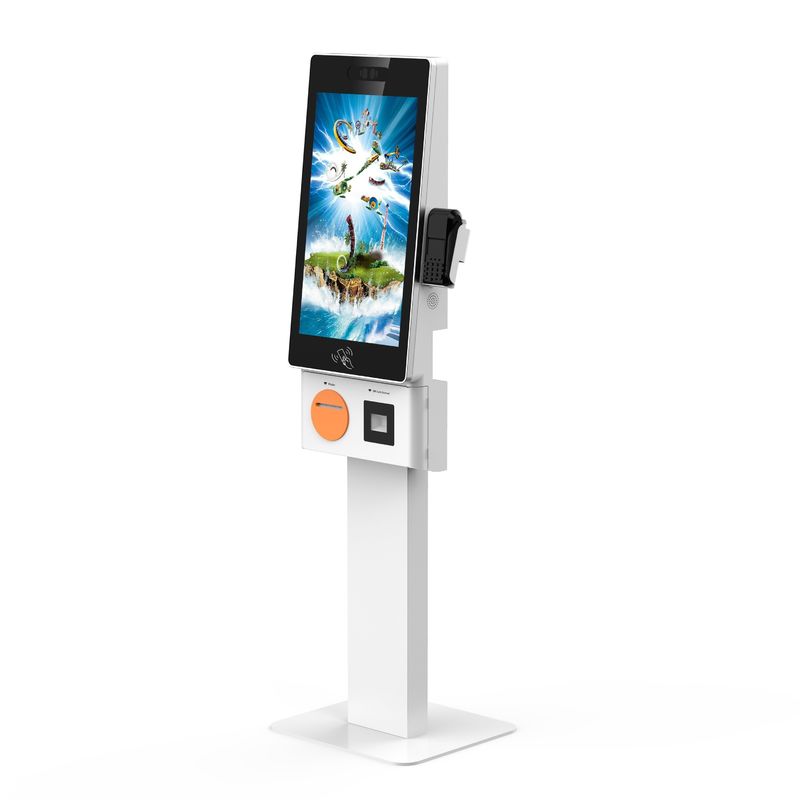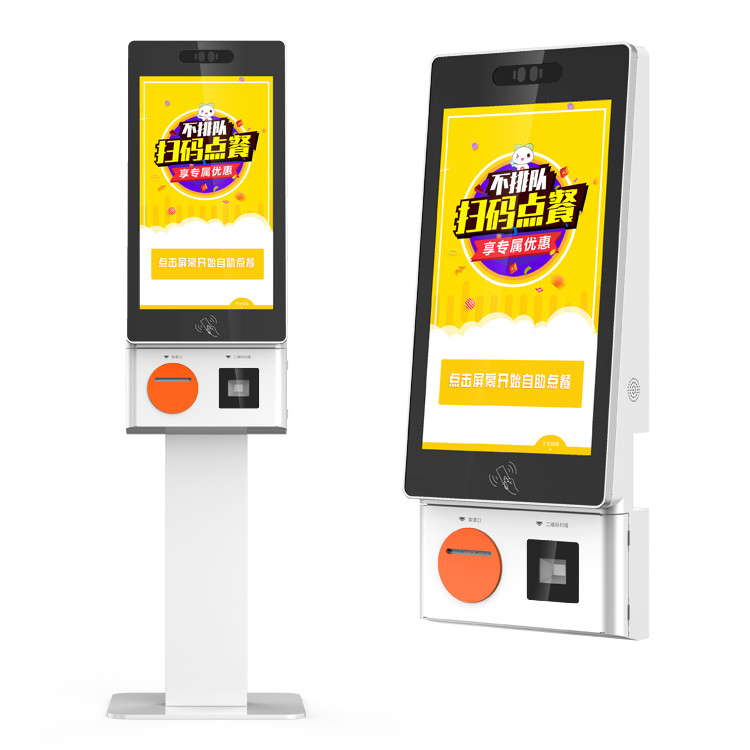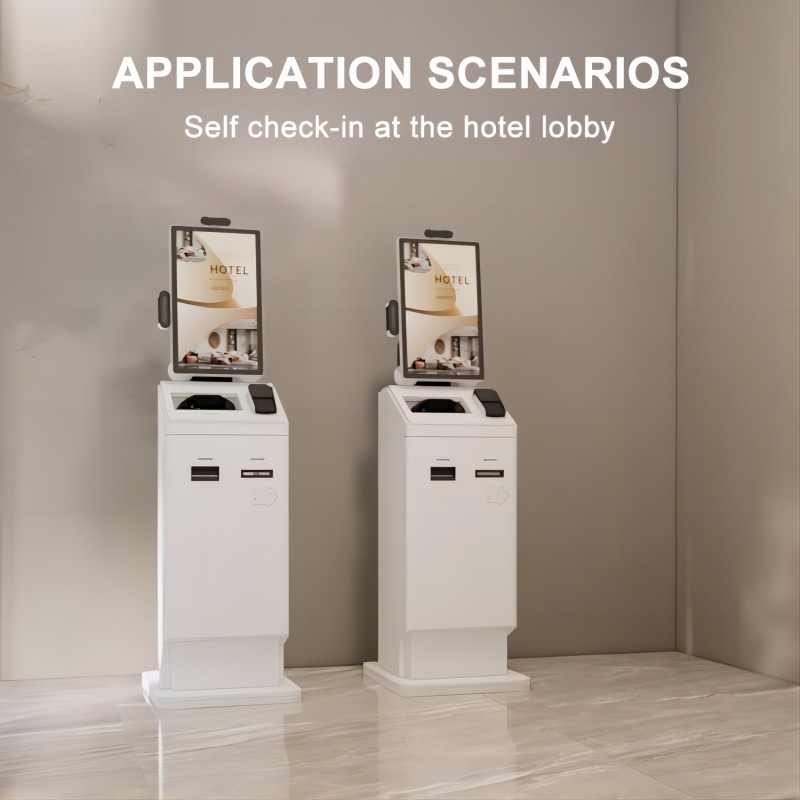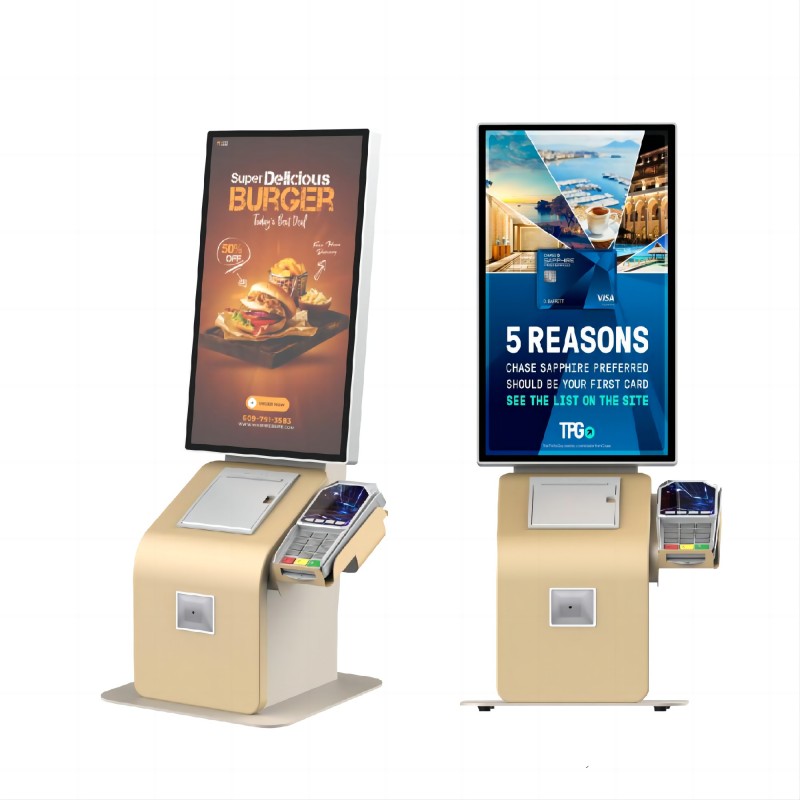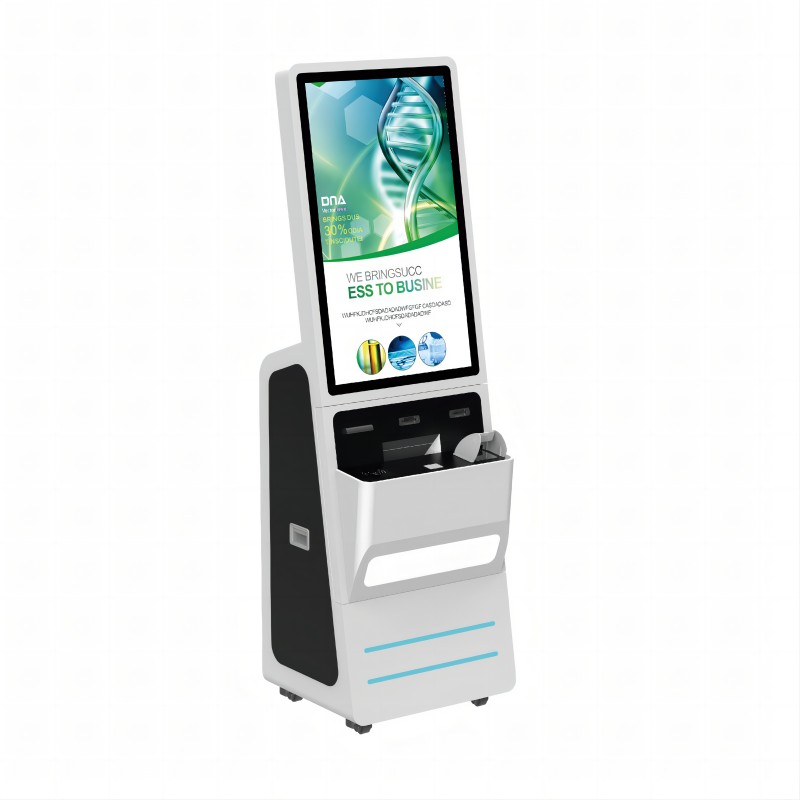






—— Bill from America
—— Jack from United Kingdom
—— James from Russia
—— Mike from America
—— James from Iran
—— James from America
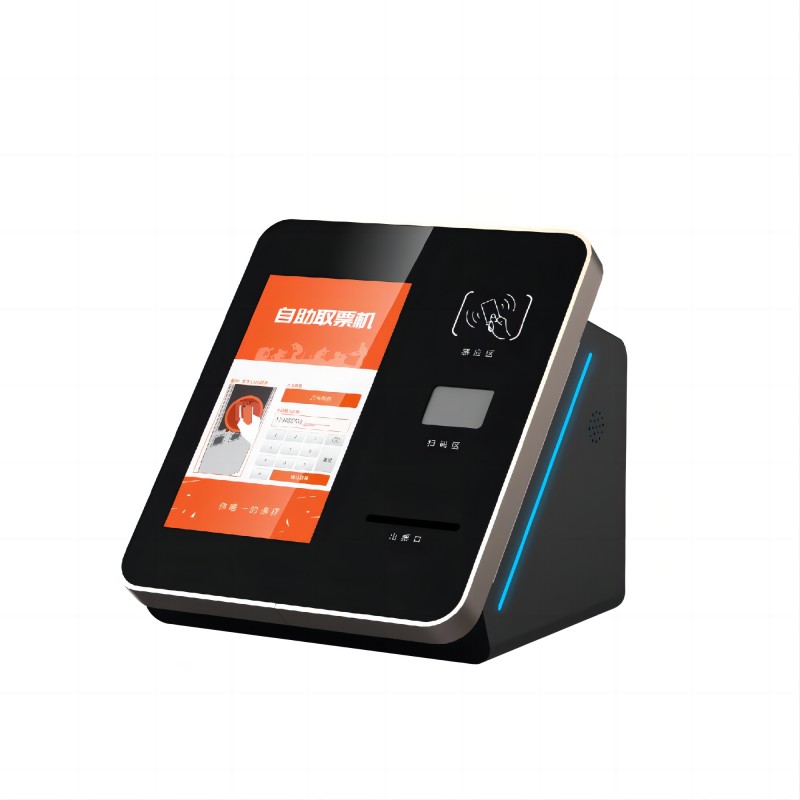
Touchless kiosk technology refers to interactive kiosks that allow users to interact with the interface without physically touching the screen or other surfaces. This technology has become increasingly popular due to hygiene concerns and the need for contactless interactions, especially in public settings. Here are key aspects of touchless kiosk technology:
1. Gesture Recognition:
Camera-Based Systems: Utilize cameras and computer vision algorithms to detect hand gestures or movements. Users can navigate menus, select options, or scroll through content by waving their hand or making specific gestures in front of the camera.
2. Voice Control:
Speech Recognition: Incorporate microphones and speech recognition software to enable users to control the kiosk and perform actions using voice commands. Users can initiate transactions, request information, or navigate through menus verbally.
3. Proximity Sensors:
Infrared Sensors: Detect the presence of users approaching the kiosk. Once detected, the interface can automatically activate, presenting options or information without requiring physical touch.
Ultrasonic Sensors: Measure distance and proximity, allowing for touchless interaction based on the user's position relative to the kiosk.
4. QR Code and NFC Technology:
QR Code Scanning: Users can scan QR codes displayed on their mobile devices using the kiosk's camera. This enables touchless transactions, such as making payments, accessing digital tickets, or retrieving personalized information.
Near Field Communication (NFC): Allows users to interact with the kiosk by tapping their NFC-enabled devices (e.g., smartphones, smart cards) near an NFC reader. This is commonly used for contactless payments and access control.
5. Foot Pedals or Motion Sensors:
Foot Pedals: Provide a hands-free interaction option where users can press foot pedals to select options or navigate through menus.
Motion Sensors: Detect movement or specific gestures made by users within the kiosk's vicinity, enabling touchless control of the interface.
6. Virtual Keyboards and Touchless Interfaces:
Projected or Virtual Keyboards: Display virtual keyboards or interfaces on a screen or surface, allowing users to input information or select options without physical contact.
Holographic Displays: Utilize advanced display technologies to project interactive elements or interfaces in mid-air, enabling touchless interaction through gestures or voice commands.
7. Hygiene Considerations:
Touchless kiosks help reduce the spread of germs and bacteria by minimizing physical contact between users and surfaces, promoting a safer and more hygienic environment in public spaces.
Regular cleaning and maintenance of touchless components (such as cameras, sensors, and microphones) are essential to ensure optimal performance and hygiene standards.
Touchless kiosk technology offers enhanced convenience, efficiency, and hygiene in various applications, including retail, healthcare, transportation, and hospitality. As technology continues to evolve, touchless interfaces are expected to become more sophisticated and seamlessly integrated into everyday interactions, providing users with intuitive and hygienic experiences.
Address: No. 99-15, Fuan intelligent manufacturing Industrial Park, Dayang Road, Fuhai Street, Baoan District, Shenzhen, China


